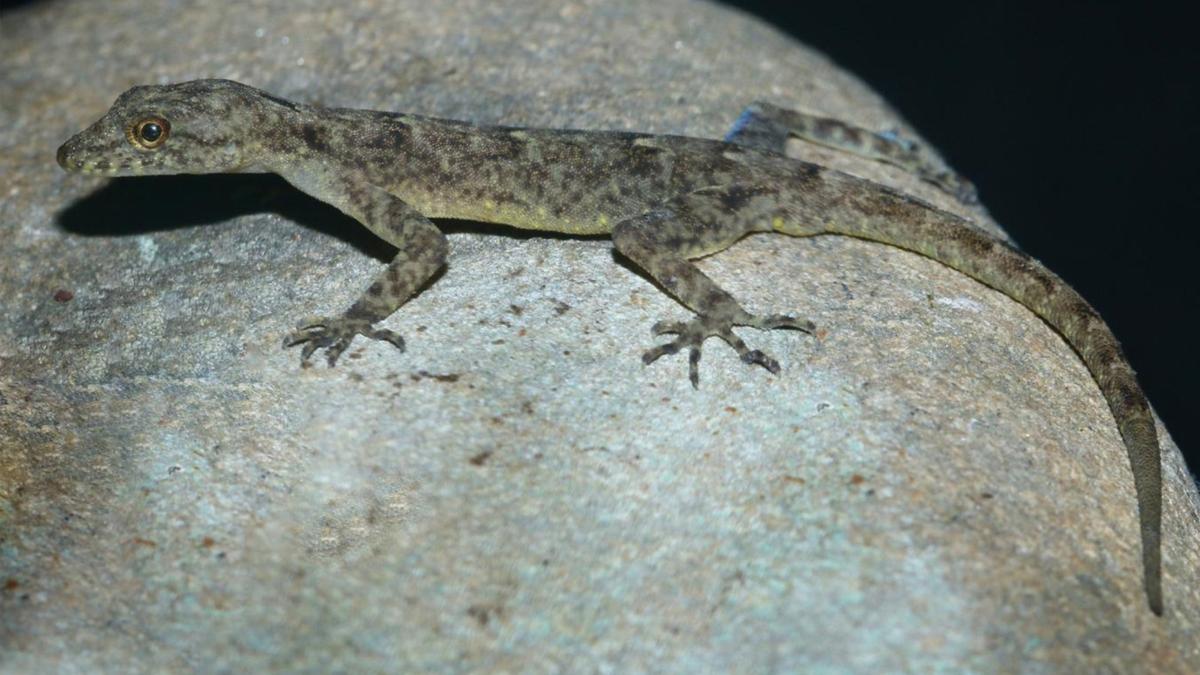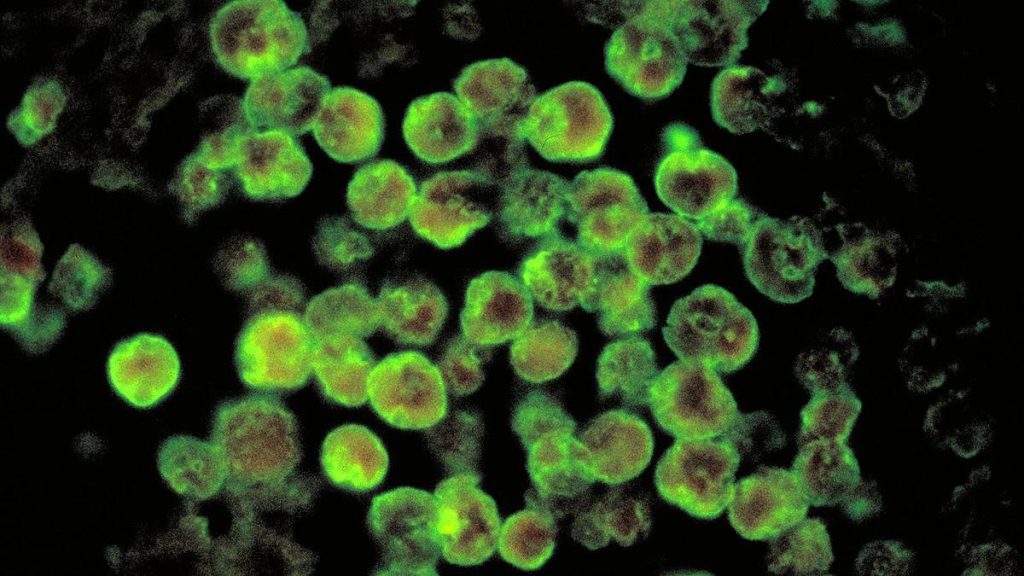Now Reading: New Gecko Species Discovered in Assam Named After Brahmaputra
-
01
New Gecko Species Discovered in Assam Named After Brahmaputra
New Gecko Species Discovered in Assam Named After Brahmaputra

Quick summary
- A new species of diurnal gecko, Cnemaspis brahmaputra, has been recorded in Assam, named after the Brahmaputra River.
- Unlike many lizards in northeastern India, this gecko is non-nocturnal and was found at Dirgheswari Temple on the river’s northern bank near Guwahati.
- detailed information about the species appears in Taprobanica: The Journal of Asian Biodiversity. Authors include researchers from Maharashtra-based Wildlife Protection and Research Society, Indonesia’s Research Center for Biosystematics and evolution, Assam Don Bosco University, and Help Earth.
- The gecko belongs to the Cnemaspis podihuna clade previously thought confined to Sri Lanka.Its finding supports historic faunal exchanges between Sri Lanka and northeast India.
- genetically distinct from its Sri Lankan relatives, it features unique morphological traits such as larger body size but fewer mid-body scale rows and specific arrangements of thigh scales.
- This is the second known species from this genus identified in northeast India-the first being Cnemaspis assamensis (described in 2000),wiht both restricted to opposite banks of the Brahmaputra River valley.
Indian Opinion Analysis
The discovery of Cnemaspis brahmaputra highlights India’s rich biodiversity while underscoring its scientific importance as a region bridging different evolutionary histories within South Asia. by establishing biogeographic links between northeastern India and Sri Lanka through genetic evidence, such findings expand our understanding of past faunal exchanges facilitated by environmental corridors like rivers.
The naming of this species after the iconic Brahmaputra River not only honors its ecological significance but also reflects how natural landmarks shape biodiversity by acting both as barriers that promote genetic divergence and as pathways enabling dispersal over millennia.
This research reinforces India’s role in facilitating global collaboration among scientists for conservation efforts while adding critical data on regional wildlife diversity-a vital step toward preservation initiatives amid increasing habitat loss risks due to human activity.
Read more: Link
























